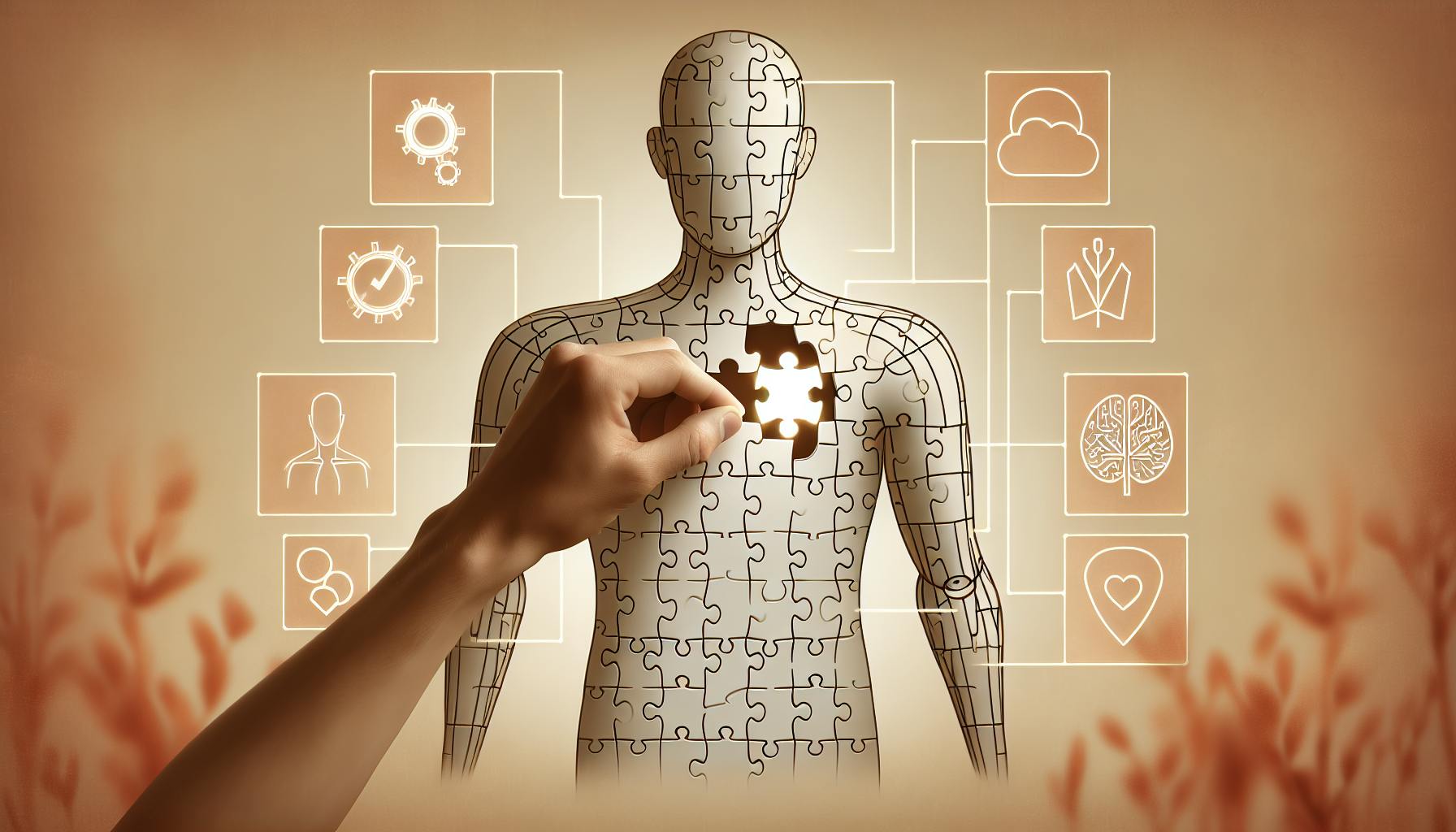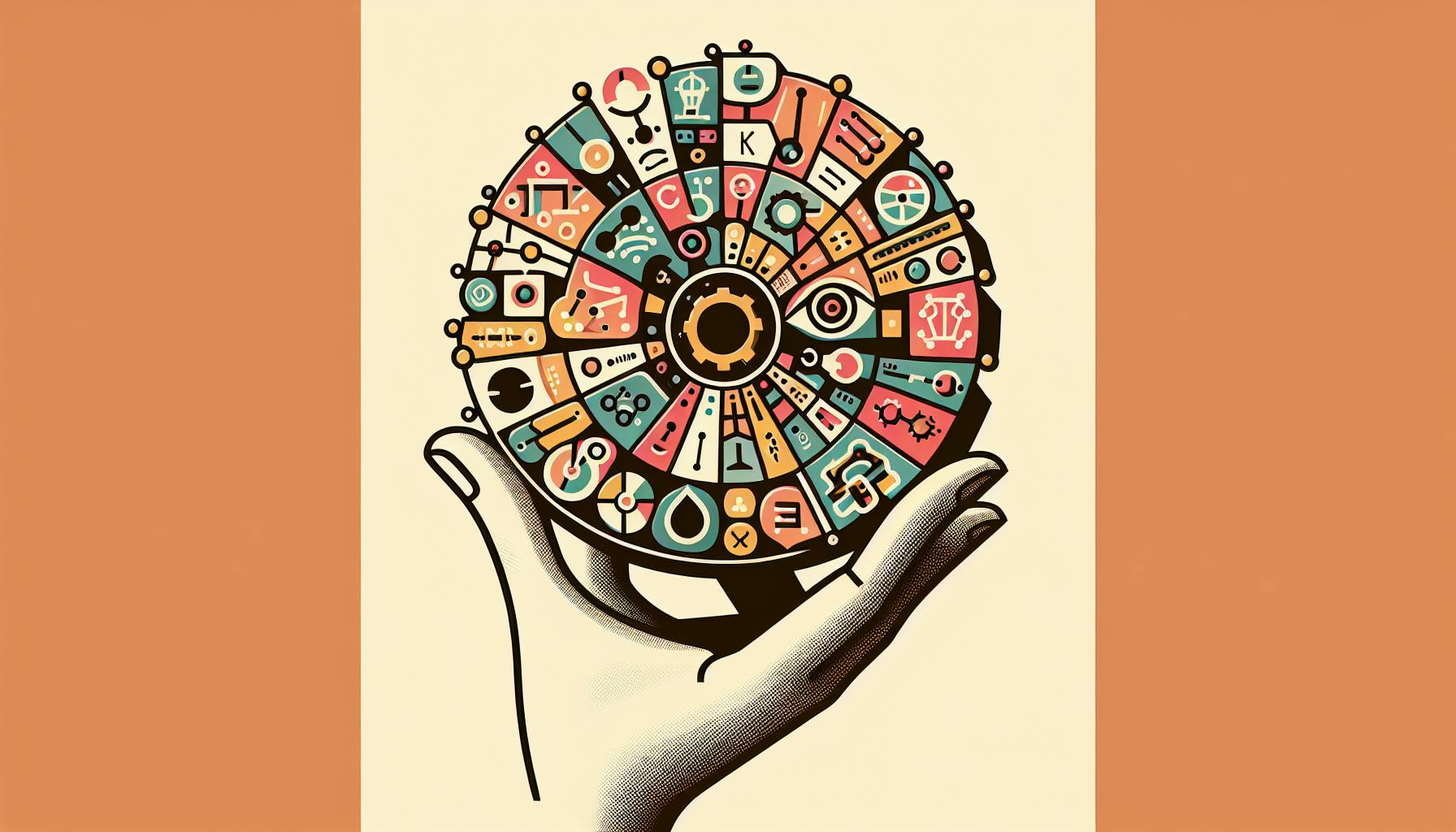Creating fair and respectful chatbots requires a multifaceted approach:
-
Diverse Data: Collect data from diverse sources and demographics to minimize bias in chatbots.
-
Mitigate Bias:
- Establish processes to detect and mitigate bias
- Conduct regular audits and use fairness metrics
- Continuously monitor and update the chatbot
-
Transparency: Be open about the chatbot's capabilities and limitations, and how it makes decisions.
-
Human Oversight: Implement human evaluation and feedback mechanisms. Allow users to correct or override responses.
By following these guidelines, we can build chatbots that benefit everyone, regardless of their background or characteristics. Combating bias is an ongoing process that requires continuous improvement.
Key Takeaways:
| Best Practice | Description |
|---|---|
| Diverse and Representative Data | Collect data from diverse sources and involve users throughout design and development. |
| Mitigate Bias | Establish processes like regular audits, fairness metrics, and continuous monitoring. |
| Transparency and Explainability | Be open about the chatbot's capabilities, limitations, and decision-making process. |
| Human Oversight | Implement human evaluation, feedback mechanisms, and allow users to correct responses. |
What is Chatbot Bias?
Bias in chatbots refers to unfair or prejudiced outcomes in their responses or decision-making processes. These biases can stem from various sources, including the data used to train the chatbot, the algorithms employed, or the design choices made during development.
Types of Biases in Chatbots
The following types of biases can be present in chatbots:
| Type of Bias | Description |
|---|---|
| Dataset Bias | Biases present in the training data used to teach the chatbot, which can be replicated or amplified in its responses. |
| Algorithmic Bias | Biases inherent in the algorithms used by chatbots, which can affect how they interpret and respond to user input. |
| Interaction Bias | Biases that emerge through user interactions, where the chatbot's responses are shaped by the biases of the users interacting with it. |
| Cultural or Ethical Bias | Biases that reflect societal biases or ethical considerations embedded in the training data or the perspectives of the chatbot's creators. |
These biases can have significant consequences, leading to unfair treatment, inaccurate information, and a negative user experience. It is essential to recognize and address these biases to ensure that chatbots provide fair and respectful interactions.
Real-World Examples of Chatbot Bias
Chatbot bias is a widespread issue that can have significant consequences in various aspects of life. Here are some real-world examples of chatbot bias:
Unequal Treatment
| Year | Example | Description |
|---|---|---|
| 2015 | Amazon's AI-based hiring tool | The tool was biased against women, downrating resumes that included the word "women's". |
| 2016 | Microsoft's Tay Twitter bot | The bot "learned" from misogynistic and racist remarks and started repeating them back to its followers. |
| 2022 | Google's BlenderBot 3 AI chatbot | The bot spread false information around the 2020 US presidential election and anti-Semitic conspiracy theories. |
Limited Accessibility
Some chatbots are less accessible or responsive to certain demographics, indicating bias against those groups. For instance:
- A chatbot designed to assist with healthcare services may not be able to understand or respond adequately to users with disabilities or non-English speakers.
These examples highlight the importance of addressing chatbot bias to ensure fair and respectful interactions. It is crucial to recognize the sources of bias and take steps to mitigate them, such as having humans verify the quality of training data, using techniques like gender-swapping to balance datasets, and increasing diversity in the AI industry.
Where Does Chatbot Bias Come From?
Chatbot bias can originate from various sources. Here are some common factors that contribute to chatbot bias:
Biased Training Data
The quality of the training data significantly impacts the performance and fairness of a chatbot. If the training data contains biases, the chatbot will likely replicate and amplify those biases in its responses.
| Source of Bias | Description |
|---|---|
| Training Data | Biases present in the training data used to teach the chatbot. |
| Algorithmic Bias | Biases inherent in the algorithms used by chatbots. |
| Human Influence | Biases introduced by humans involved in the development and training of chatbots. |
| Lack of Diversity | Biases resulting from the lack of diversity in the AI industry. |
Algorithmic Bias
The algorithms used to develop chatbots can also perpetuate biases present in the training data or contain inherent biases based on their design.
Human Influence
Humans involved in the development and training of chatbots can also introduce biases. For instance, annotators who label data may bring their own biases to the task, which can then be reflected in the chatbot's responses.
Lack of Diversity
The lack of diversity in the AI industry can also contribute to chatbot bias. If the people developing and training chatbots come from similar backgrounds and have similar perspectives, they may unintentionally create biased systems that reflect their own biases.
Understanding the sources of chatbot bias is crucial to developing fair and respectful chatbots that can provide equal opportunities and experiences for all users. By recognizing these biases, we can take steps to mitigate them and create more inclusive chatbots.
sbb-itb-b2c5cf4
Reducing Chatbot Bias
To mitigate chatbot bias, it's essential to implement strategies that address the root causes of bias in AI language recognition. Here are some actionable solutions:
Data Preprocessing
One effective way to reduce bias is to preprocess the training data to remove any inherent biases. This can be achieved by:
| Method | Description |
|---|---|
| Data Augmentation | Balancing the dataset by augmenting it with diverse examples to reduce the impact of biased data. |
| Data Filtering | Removing biased or toxic content from the dataset to prevent the chatbot from learning harmful patterns. |
Algorithmic Adjustments
Another approach is to adjust the algorithms used to develop chatbots. This can be done by:
| Method | Description |
|---|---|
| Regularization Techniques | Implementing regularization techniques to reduce overfitting and prevent the chatbot from learning biased patterns. |
| Fairness Metrics | Incorporating fairness metrics to evaluate the chatbot's performance and identify bias. |
Continuous System Evaluation
Continuous evaluation of the chatbot's performance is crucial to identifying and mitigating bias. This can be achieved by:
| Method | Description |
|---|---|
| Human Evaluation | Conducting regular human evaluations to assess the chatbot's responses and identify any biases. |
| Automated Testing | Implementing automated testing tools to detect biases and anomalies in the chatbot's responses. |
Additionally, promoting diversity in the AI industry and encouraging a representational set of users, content, and training datasets can also help reduce bias in chatbots.
By implementing these strategies, developers can reduce the risk of chatbot bias and create more inclusive and respectful conversational AI systems.
Best Practices for Unbiased Chatbots
To ensure fair and respectful conversational AI systems, developers and organizations should follow these best practices for unbiased chatbots:
Diverse and Representative Data
Collect data from diverse sources and demographics to minimize bias in chatbots. Ensure the development team is diverse and inclusive, and involve users throughout the design and development process.
Mitigate Bias
Establish processes to mitigate bias, including:
| Process | Description |
|---|---|
| Regular Audits | Detect biases through regular audits and testing |
| Fairness Metrics | Evaluate the chatbot's performance using fairness metrics |
| Continuous Monitoring | Continuously monitor and update the chatbot to prevent biases |
Transparency and Explainability
Be open about the capabilities and limitations of the chatbot. Provide users with information on how the chatbot makes decisions, and ensure users know when they are interacting with a chatbot.
Human Oversight
Implement human evaluation and feedback mechanisms to prevent biases and ensure the chatbot's responses are respectful and fair. Allow users to correct or override the chatbot's responses, and ensure humans are involved in the decision-making process.
By following these best practices, developers and organizations can reduce the risk of bias in chatbots and create more inclusive and respectful conversational AI systems.
Conclusion: Fair Chatbot Interactions
In conclusion, creating fair and respectful chatbots requires a multifaceted approach. By acknowledging the potential for bias, collecting diverse data, and establishing processes to mitigate bias, developers and organizations can create more inclusive conversational AI systems.
Key Takeaways
To ensure fair chatbot interactions, remember:
- Diverse data: Collect data from diverse sources and demographics to minimize bias.
- Mitigate bias: Establish processes to detect and mitigate bias in chatbots.
- Transparency: Be open about the capabilities and limitations of the chatbot.
- Human oversight: Implement human evaluation and feedback mechanisms to prevent biases.
By following these guidelines, we can create chatbots that benefit everyone, regardless of their background or characteristics.
Ongoing Effort
Combating bias in chatbots is an ongoing process that requires continuous monitoring, evaluation, and improvement. By staying committed to creating fair and inclusive AI systems, we can build a more equitable future for all.


